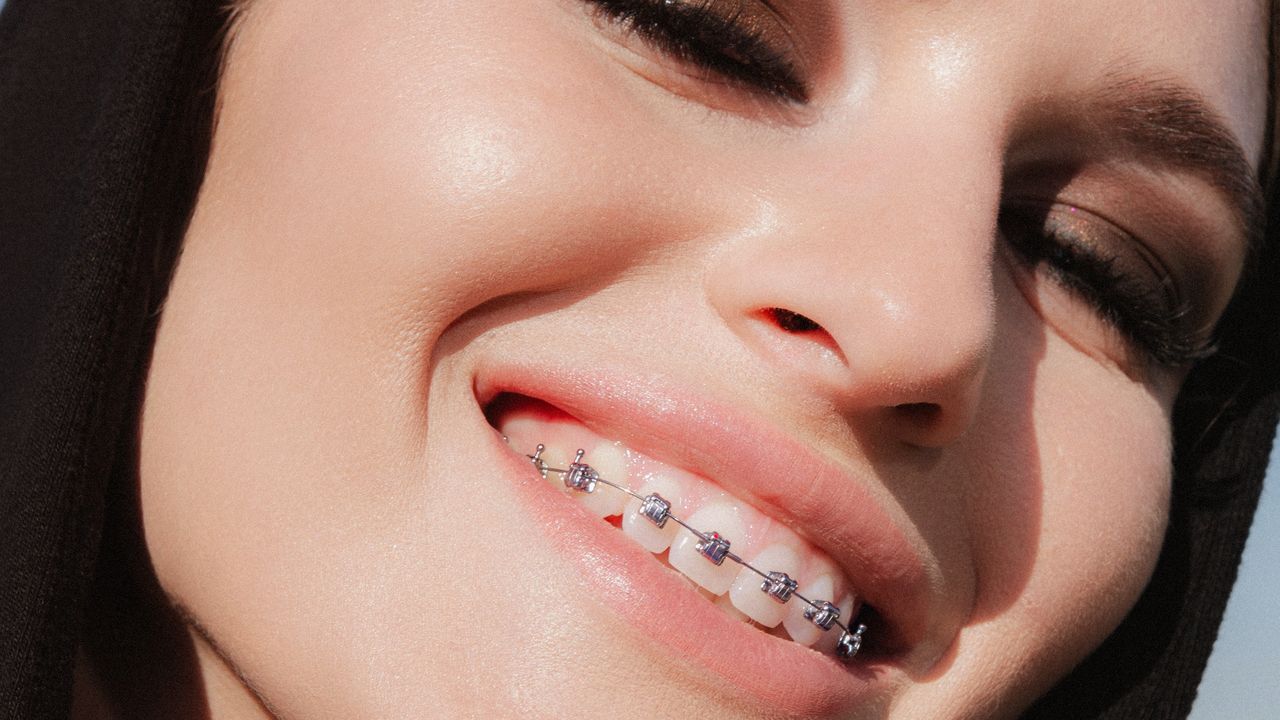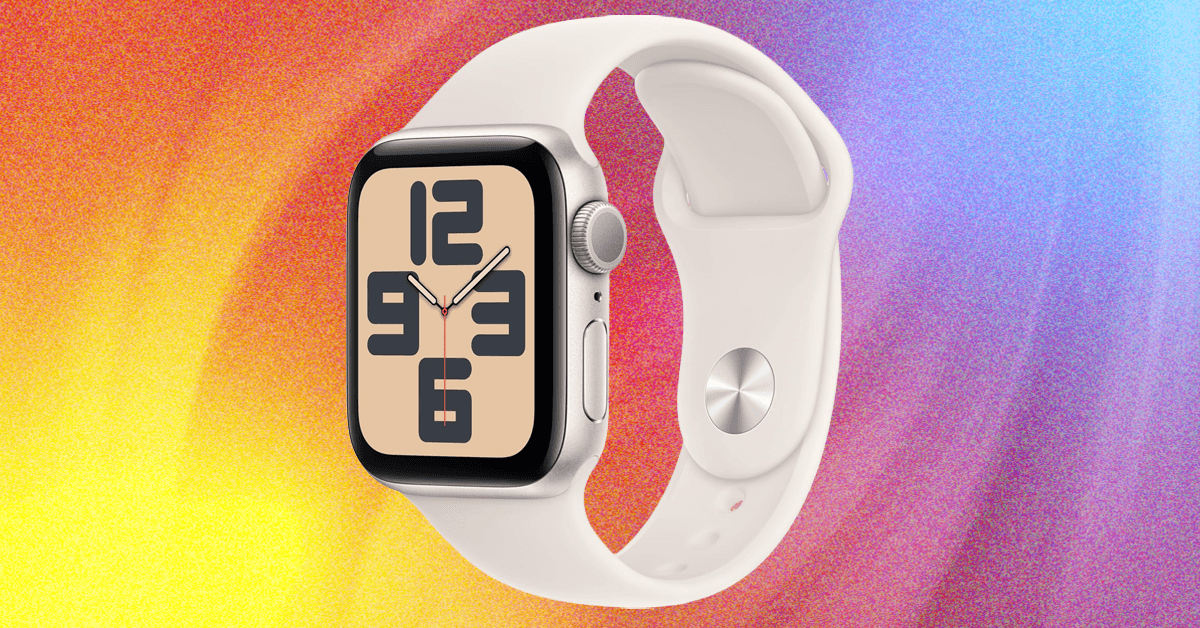Blog
An Adult’s Guide to Getting Braces

“Lingual braces are not a good fit for patients who are concerned about changes to their speech—especially with ‘S’ and ‘T’ sounds—or patients who are sensitive to tongue irritation or have a strong gag reflex,” Dr. Fraundorf says. “It’s also not a good option for patients who don’t want to experience tongue soreness or abrasion.” Because of all this, Dr. Fraundorf is not a fan of lingual braces and does not offer them in her practice.
Pros
The pros of lingual braces are that they are constantly working because they are fixed to the teeth, but they are hidden, making them less noticeable.
Cons
Although lingual braces may be less noticeable, they can be slightly more uncomfortable than other treatment options during the first few weeks of treatment. It will take time for your tongue to adjust to the brackets behind your teeth, and you might find new canker sores forming as it rubs against them. Your tongue should adjust over time, but you can use wax if discomfort persists.
Pricing
“Similar to Invisalign and other treatment options that require more complex technology and expensive equipment, [lingual braces] will typically cost more than traditional braces.” You can expect to pay anywhere from $4,000 to $10,000 for your treatment, which can take anywhere from six to 24 months.
Permanent Retainers
Once you’ve completed your teeth-straightening treatment plan, your orthodontist might want to insert a permanent lingual retainer on the inside of your teeth to prevent them from moving around. “They are bonded to the inside surfaces of the front teeth,” explains Dr. Cogan. Permanent retainers are also sometimes coupled with removable retainers.
Permanent lingual retainers are not the same as lingual braces. “A permanent retainer is a thin wire bonded to the back of the teeth (usually the lower front six teeth), and they don’t apply force or move teeth. They are purely for retention/maintenance,” says Dr. Fraundorf. “Lingual braces are full brackets and wires bonded behind all teeth, used for active tooth movement.”
Although these orthodontic devices are colloquially known as permanent retainers, neither Dr. Pitz nor Dr. Fraundorf loves the term because it isn’t really permanent. “At the end of the day, the retainer is not truly permanent as it is adhered to the teeth with dental composite that, over time, will wear away and potentially break,” says Dr. Pitz. “I like to call these retainers fixed or bonded retainers to allow the patient to know they are glued to the teeth and not removable, but that they will have to be replaced approximately every five to 10 years.”
Who It’s Best For
According to Dr. Pitz, fixed retainers are best for those who started with significant spacing or crowding. “There is a large muscle called the frenum that lives between the two front teeth that loves to pop that space right back open,” she explains. “The fixed retainer acts like a belt and suspenders to aid in keeping that space closed.” Fixed retainers are also recommended for those patients who started with severe lower anterior crowding, to truly hold those teeth in place that are the most prone to relapse.
Who Should Avoid This Treatment
“Fixed retainers on the upper arch are not ideal for those who finish treatment with a deeper bite as they get in the way of the occlusion and are more prone to breakage,” explains Dr. Pitz. “Fixed retainers are also not ideal for patients with poor oral hygiene. Keeping fixed retainers clean is very important; otherwise, plaque can accumulate behind the retainer and cause inflammation.”
Pros
The pros of permanent retainers are that they offer peace of mind that you won’t experience any unwanted movement or relapse. “Fixed retainers are usually used in addition to removal retainers,” says Dr. Pitz.
Cons
While they’re hidden and ensure that all the time and money you’ve invested in your smile doesn’t go to waste, Dr. Cogan says they do have some drawbacks: They can make flossing and routine oral hygiene more challenging. Also, you’ll need to get your retainer replaced or repaired periodically.
Pricing
Permanent retainers are usually added on at the end of treatment, on top of the comprehensive orthodontic fee. “They can range from $350 to $1,000, depending on if they’re made by a company that will 3D print and fabricate the retainer to be better adapted to the dentition,” says Dr. Pitz.
A Note About Direct-to-Consumer Teeth-Straightening Plans
With less expensive plans and easier accessibility, it’s no wonder that at-home teeth-straightening companies like SmileDirectClub, Byte, and Candid surged in popularity in the last decade. Unfortunately, as many dentists and orthodontists had warned, at-home treatment plans with little to no in-person dental supervision often failed to straighten smiles (and sometimes made them worse).












